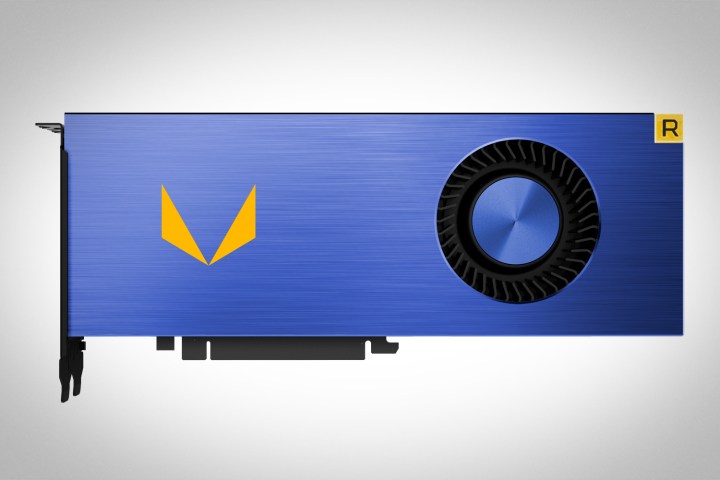
While we have been told repeatedly by AMD that its upcoming Vega line of graphics cards were real top-tier parts, easily able to square off with Nvidia’s high-end graphics cards, power draw is not something we have heard much about. As Hexus points out, one source recently suggested it could be as much as 375W for the water-cooled Vega Frontier Edition card, but that has not been confirmed.
However, if MSI’s marketing director’s statements are anything to go by, clearly Vega draws more than people would normally expect of a graphics card. Considering Nvidia’s Titan XP pulls as much as 250W, Vega must need a lot of juice to function correctly.
Videocardz translated the original quote from the MSI employee who posted on the Tweakers forums. They said: “I’ve seen the specs of Vega RX. It needs a damn lot of power. We’re working on it, which is a start so launch is coming closer.”
The employee later confirmed that saying this had not breached any non-disclosure agreements and does not expect any repercussions from AMD or MSI, though of course, the news has got tongues wagging.
These statements suggest that MSI will be able to lower the power requirements or thermal design power (TDP) of the Vega graphics cards with its own cooling and power solutions. However, whether they are set to debut alongside the Frontier Edition remains to be seen.
Despite all the concern over high power draw though, if AMD can offer the kind of performance it has been teasing in recent months, then a 100 or so extra watts of power is unlikely to turn off the big PC enthusiasts out there who want bleeding-edge performance over anything else.
We will need to wait a few more weeks to confirm any of this though. AMD is set to launch the new range of cards at Siggraph 2017 which runs from July 30 through to August 3.
Editors' Recommendations
- AMD’s new CPUs let you play Cyberpunk without a graphics card
- AMD’s new integrated graphics might beat popular Nvidia GPU
- 5 ways Nvidia graphics cards still beat AMD
- Microsoft Edge opens AI-upscaled video to AMD graphics cards
- AMD wants to build on AI with its next generation of graphics cards





